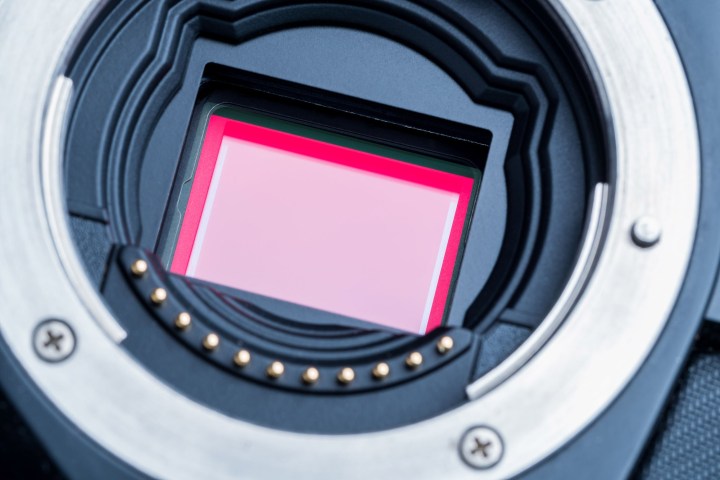
Global image shutters are generally considered the best option for video because they expose the entire sensor at once, eliminating the distortion in fast-moving subjects caused by the rolling shutter usually associated with CMOS sensors. CCDs, by design, use a global shutter — but they also overheat when used at fast shutter speeds.
However, a CMOS sensor can be given a global shutter if each pixel stores data in its own set of separate memory cells, instead of storing all of the image data in one memory bank. That allows for high-resolution video at fast frame rates, but that’s also why those high-resolution cameras are often limited to only short clips — those small, individual memory cells don’t have the capacity to store enough data for long videos.
Kuroda presented a partial version of a CMOS sensor that expands each pixel’s memory capacity. While the sensor presented was only a 96 x 128 pixel sensor built for testing, the team was able to capture one million frames per second for longer than other laboratory-level high-speed cameras, about 480 microseconds, since each pixel has a whopping 480 memory cells.
A research group from Tohoku had a similar goal but a different approach. Instead of spreading all those memory cells across the sensor, the team built the memory deeper into the camera — discovering that the deeper design meant less current loss. The design allows for increasing the recording length of those same high-speed laboratory cameras in a smaller space.
But for the photographers who don’t have access to those high-end laboratory cameras used in engineering and science, Canon could be bringing a new memory cell design to consumer cameras in the future. During the meeting, representatives from Canon illustrated a work-around that allows each memory unit to receive data four times during a single exposure, instead of just once. Canon says that by emptying the data from each pixel multiple times instead of just once, the photograph’s saturation and dynamic range improves.
While the early research shows promise for enhancing laboratory cameras, it’s not yet clear if (or when) that same concept would trickle down to expand the often short maximum clip length for 4K video from DSLRs, or if Canon’s research will eventually bring that enhanced dynamic range to market.




